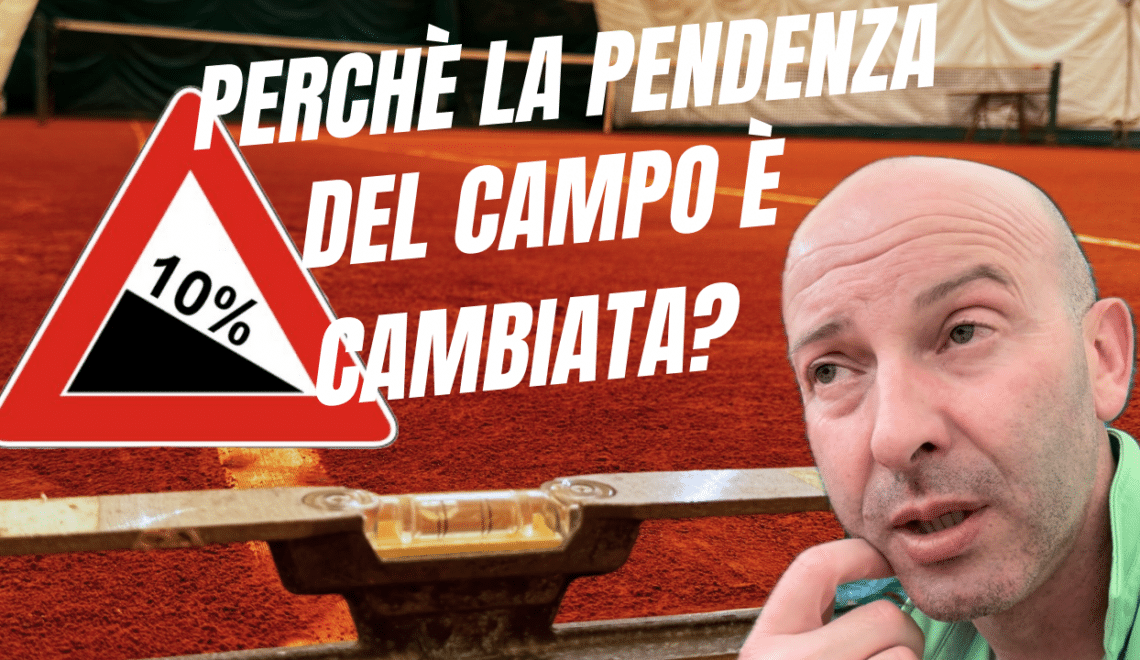#2 Vento finito!!! RIORDINIAMO IL CAMPO. Wind finished!!! LET’S REORDER THE COURT.
2 Giugno 2024
You can see this video with English subtitles on my Instagram channel tennismyself, or use this link https://www.instagram.com/p/C7tqa7qtxKw/ English translation…
Continue reading




